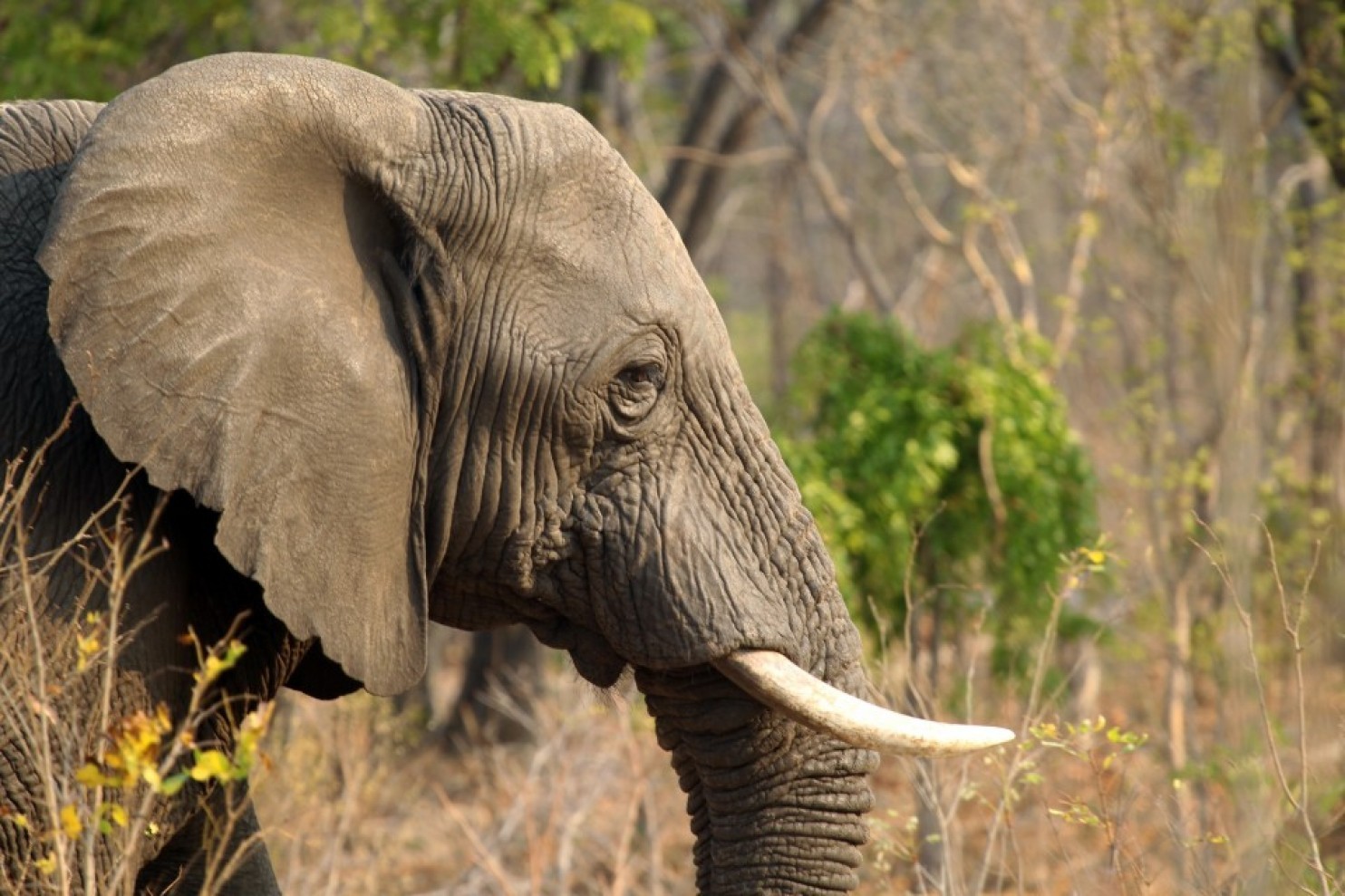Tackling climate change is the challenge of the century. But when it comes to endangered wildlife, scientists are arguing that we’ve got more pressing matters to worry about. A new comment just out today in the journal Nature contends that practices like hunting, fishing and agriculture are still the biggest threats to biodiversity on Earth — and we need to be careful not to let our concern about climate change overshadow our efforts to address them.
To be clear, the comment merely reflects the personal opinions of the scientists who wrote it. But they did do their homework to help back up their claims.
The group, which included experts from the University of Queensland and the International Union for Conservation of Nature (IUCN), analyzed the threats facing more than 8,000 species on the IUCN’s Red List, a list of threatened animals, plants and other organisms all over the world. The IUCN classifies these organisms according to how severe their possibility of extinction is — categories include “critically endangered,” “endangered,” “vulnerable” and “near threatened.” Organisms facing the lowest possible risk of extinction are classified “least concern.”
To add a species to the Red List, the IUCN evaluates all the risk factors it faces and includes them in that species’ description. For example, according to the IUCN, major threats facing the African lion (classified as “vulnerable”) include conflict with humans and the depletion of its prey populations.
Altogether, the Red List includes assessments for more than 80,000 different species. The authors of the new comment narrowed the list down to 8,688 by choosing to include only species belonging to taxonomic groups in which all species within the group had been evaluated by the IUCN. The final sample included organisms from all different types of ecosystems across all continents.
After analyzing the threat information for these species, the authors found that exploitation and agriculture are the biggest drivers of declines in biodiversity. Of the threatened or near-threatened species they included, 72 percent faced challenges from hunting, fishing, and other practices that take organisms) and 62 percent were being threatened by the expansion of agriculture. The authors noted that climate change was affecting just 19 percent of threatened or near-threatened species.
In the comment, the authors suggest there’s an increasing tendency to focus on climate change when discussing the challenges faced by biodiversity.
“When thinking about climate change, it became obvious to me that we’ve got to sort out the current problems first,” said James Watson, an associate professor at the University of Queensland, director of science and research at the Wildlife Conservation Society and one of the comment’s authors. “Climate change is going to be a problem, but it’s not the greatest problem now.”
Funding for conservation efforts is limited, Watson said, and a lot of it is currently being poured into the fight against “novel threats,” such as climate change or emerging diseases. While he feels these threats are important, he also suggested that there’s been less funding going back into the fight against the “old foes” — exploitation and agricultural development.
But there’s a chance to get things back on track coming up next month, the authors have noted. In September, the IUCN World Conservation Congress is scheduled to convene in Hawaii to discuss future priorities for global conservation efforts. Watson said he hopes the Congress would take the opportunity to identify the areas of greatest immediate concern and focus less on “the new kid in town, which is climate change.”
That said, other experts caution we don’t yet fully understand how severely climate change will affect plants and animals in the future — so it’s important to keep directing resources toward that type of research.
“Most scientists would agree that current threats to species extinction are largely dominated by exploitation and habitat degradation,” said Mark Urban, director of the University of Connecticut’s newly established Institute of Biological Risk, who was not involved with the new comment. “But I think we also can’t lose sight of the accelerating risks of extinction from climate change.”
He agreed that resources for conservation tend to be limited and should be carefully appropriated — but he added that it’s possible to address both the most immediate challenges to biodiversity while still investing in research on the future impacts of emerging threats like climate change.
“One of the things that I’ve been highlighting is the fact that we know little about how climate change will affect extinctions and we need to come up with ways to address those gaps in our data and our understanding,” he said.
And Watson also acknowledged that climate change will likely continue to increase as a risk factor in the future. But he added that bolstering ecosystems against the most pressing threats now may help protect them against other threats in the future.
“If you solve threats like agricultural expansion in bad places, if you solve overexploitation, that is the best way to solve the climate change problem as well,” he said. “You give ecosystems a chance, you make them more resilient to climate change.”
For the time being, he said, the biggest priorities should include establishing more protected areas and creating better incentives for more sustainable land use, hunting and fishing. Such strategies will likely be addressed at the upcoming IUCN Congress.
“Climate change is very important, there’s no doubt about it, but let’s get some perspective on what’s threatening biodiversity now,” Watson said. “If we do that, then we’re going to give biodiversity a chance in the long term when the climate does rapidly change.”
https://www.washingtonpost.com/news/energy-environment/wp/2016/08/10/lets-get-some-perspective-researchers-say-species-face-bigger-threats-than-climate-change
